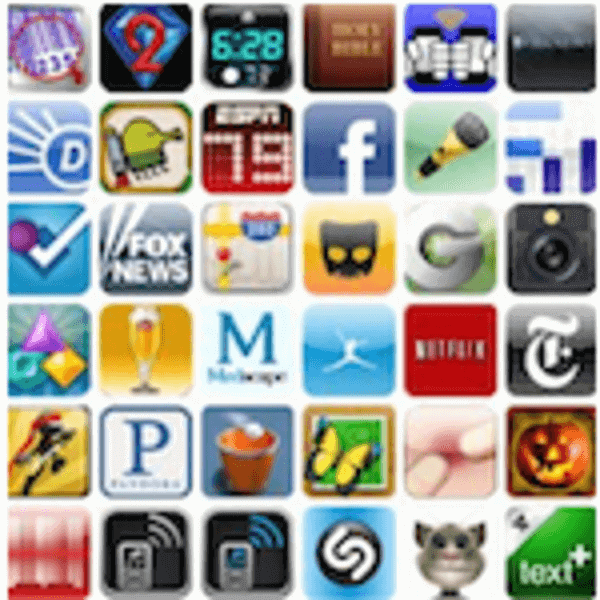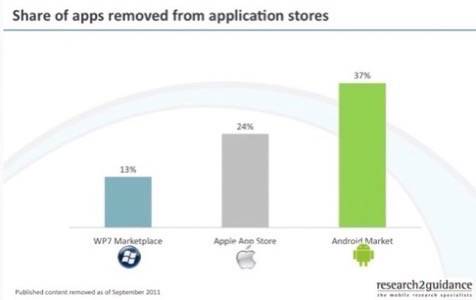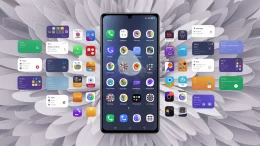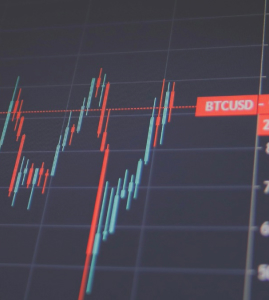In terms of pure volume, the Android Market is rapidly catching up with the Apple App Store. Android has also been a step behind Apple. The iPhone was released in 2007, Android made its mass market debut in 2008. Apple just released iOS 5 while Android just put out version 4.0. From the application perspective, Apple has long maintained a large lead.

Mobile research firm Research2Guidance said in August that the Android Market would catch the App Store by the end of 2011. Today it released its September 2011 numbers to show that the Market has achieved half a million successful app submissions, compared to near 600,000 for Apple. Yet, even though an app has been published, that does not mean it stays in the store forever. Apple still has the advantage in application churn rate over Android.
As of the end of the third quarter 2011, the Android Market had 319,161 active applications as compared to 459,589 for the Apple App Store. The churn rate, or applications that have been removed from an app store, was significantly higher for Android at 37% as compared to 24% for the App Store. Research2Guidance added the Windows Phone Marketplace into its study, showing a 13% churn rate.

Over 78% of the apps removed from the Android Market were free, which Research2Guidance believes is a product of the open ecosystem of the market where Android publishers have more apps in the market for testing, demos, trials and malware.
Apps die. It is a reality of the nature of development and lifecycles. There are a variety of reasons for this. Many times it is because an app does not support new versions of the operating system it is built on. For instance, there will likely be a large churn rate for older Android applications that do not end up supporting Android 4.0 Ice Cream Sandwich. The same goes for developers who have not taken the time to update their apps for functionality to iOS 5.
Apps are also removed because the code degenerates and are not updated to fix bugs. Or, instead of updating a version of an app, publishers will just publish the next version as its own app and disregard maintenance for the older version. For the Android Market, malware is also a factor in removal that, as we have seen, has not been a problem on iOS.
Research2Guidance notes that the Windows Phone Marketplace is on a similar trajectory to Android in terms of removal rates. After 15 months, the 13% churn is comparable to Android at 14% after the same period of time. The firm notes that the cleanup of the Android Market did not come until well after that, near the end of 2010.

















